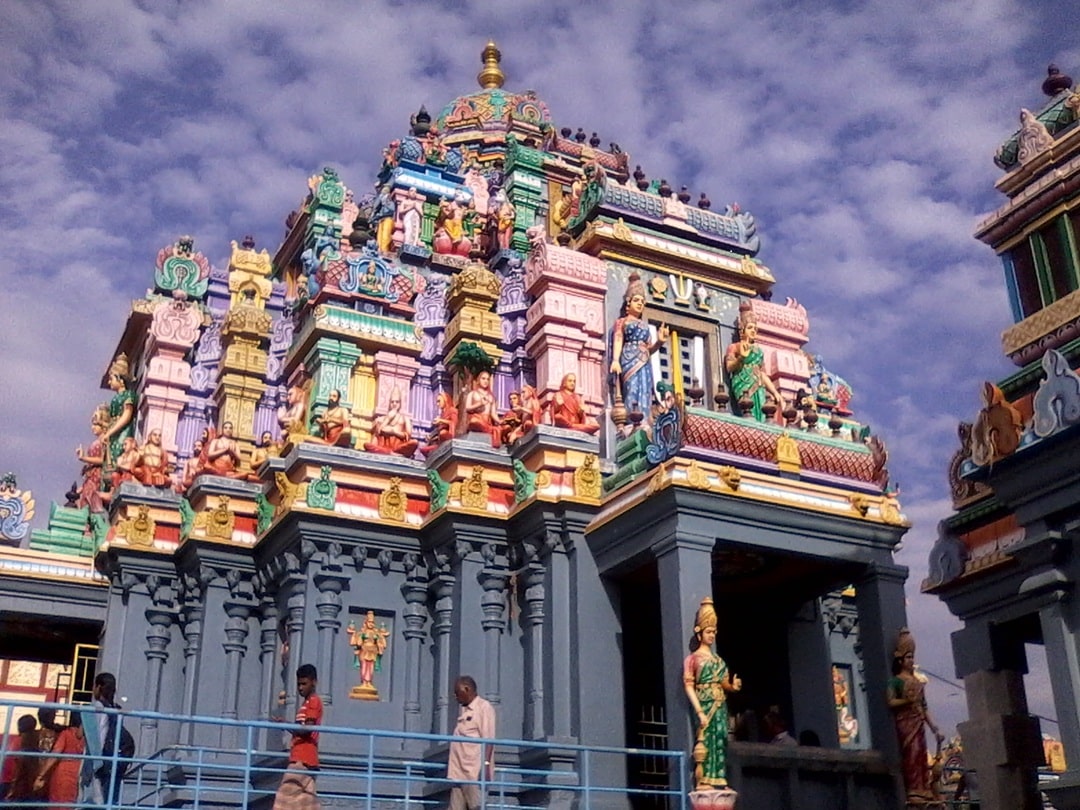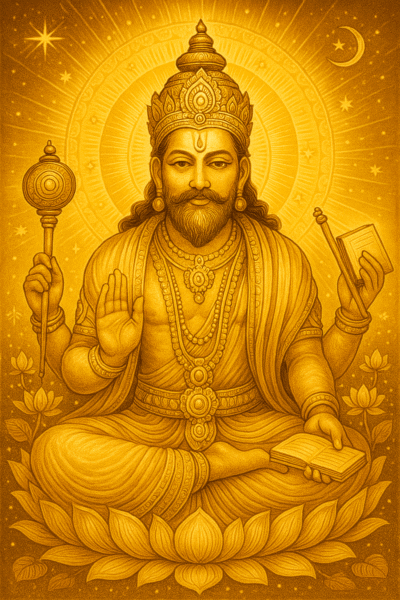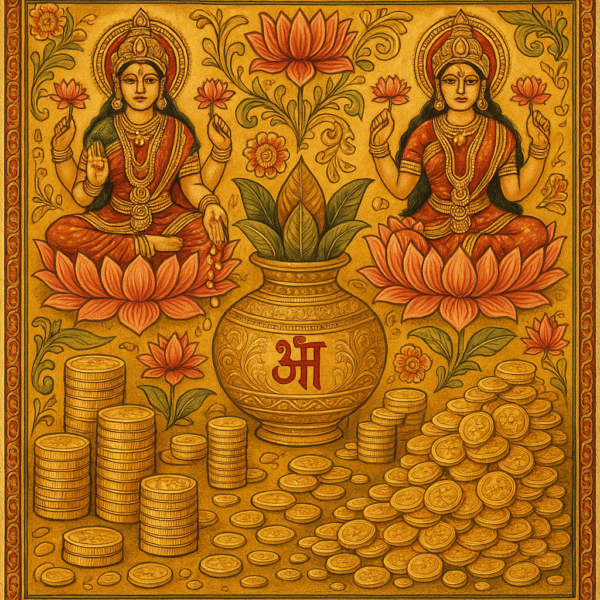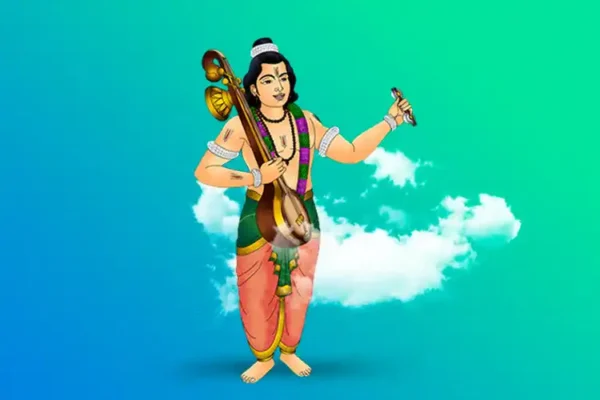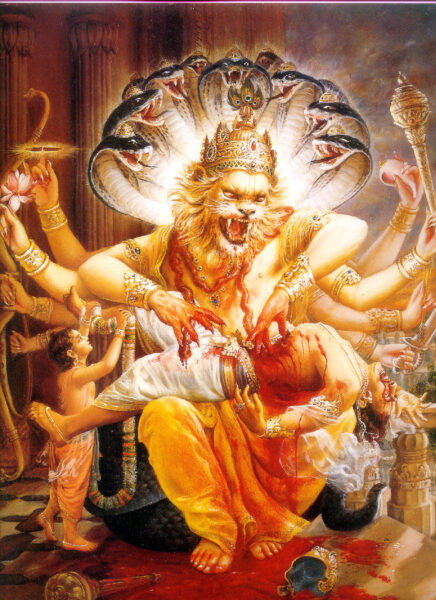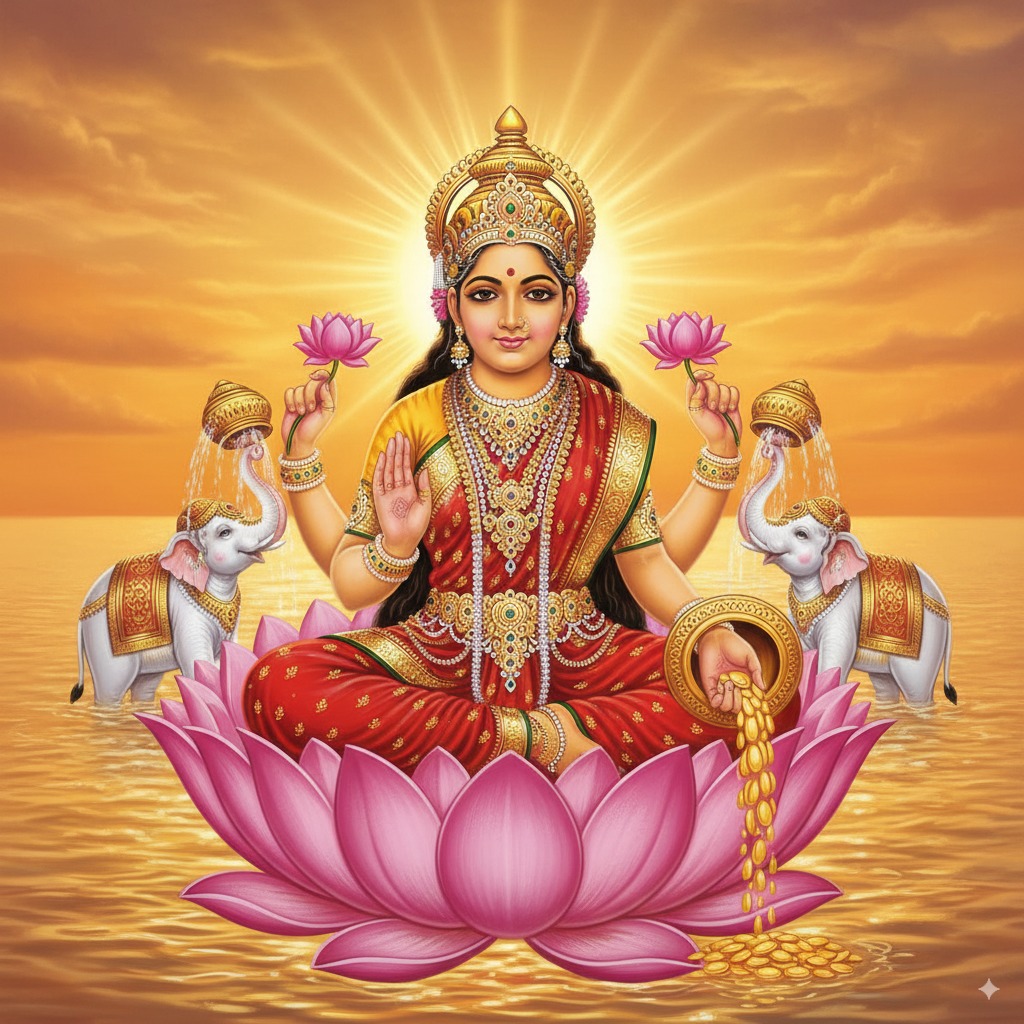Introduction
The Ashtalakshmi Temple in Chennai, Tamil Nadu, is a unique and celebrated shrine dedicated to Goddess Lakshmi in her eight divine manifestations (Ashta Lakshmi). Located on the scenic shores of Besant Nagar Beach near Elliot’s Beach, the temple attracts devotees and visitors who wish to invoke blessings of wealth, prosperity, knowledge, courage, and more.
Constructed in the 1970s under the inspiration of Sri Chandrashekarendra Saraswati of the Kanchi Mutt, it is considered one of the rare temples where all eight forms of Lakshmi are worshipped under one roof in a thoughtfully designed architectural plan. The temple beautifully blends modern structure with traditional Dravidian style, standing as a symbol of peace and devotion by the sea.
Historical Background
The foundation for the Ashtalakshmi Temple was laid in January 1974 by devotees, guided by the vision of spiritual leaders of the Kanchi Mutt. The consecration ceremony (Kumbhabhishekam) took place on 5 April 1976, blessed by Sri Vedanta Desika Yatheendra Mahadesikan Swami, the 44th pontiff of the Ahobila Mutt.
Over the decades, the temple has undergone several renovation phases, including the Jeernotharana Ashtabandana Mahakumbhabhishekam, during which 32 new kalasams were installed, featuring a gold-plated 5.5-foot kalasam atop the main sanctum. These enhancements further emphasized the temple’s divine and architectural prominence in South India.
Architectural Design & Deity Layout
The temple architecture follows the traditional Dravidian style, inspired by the ancient temples of South India. It is uniquely designed in the shape of the sacred syllable “AUM” (Om), representing the cosmic vibration of creation. This unique structure allows devotees to visit all shrines without crossing over any sanctum, symbolizing seamless spiritual flow.
The temple has four tiers and houses nine sanctums dedicated to the eight forms of Goddess Lakshmi and one combined shrine for Mahalakshmi with Lord Vishnu. The distribution of shrines is as follows:
- First Level: Aadi Lakshmi, Dhanya Lakshmi, Dhairya Lakshmi
- Second Level: Mahalakshmi and Mahavishnu (main sanctum)
- Third Level: Santana Lakshmi, Vijaya Lakshmi, Vidya Lakshmi, Gaja Lakshmi
- Fourth Level: Dhana Lakshmi
Each form of Goddess Lakshmi signifies a distinct blessing — from material prosperity to courage, wisdom, and success. The temple also includes smaller shrines for other deities such as Lord Ganesha, Lord Vishnu’s Dashavatara, Lord Dhanvantari, and Lord Hanuman, making it a spiritually complete complex.
Spiritual Significance & Beliefs
The Ashtalakshmi Temple symbolizes the essence of the Ashta Lakshmi doctrine — the eight forms of Goddess Lakshmi that grant eightfold prosperity: wealth, offspring, knowledge, courage, food, victory, success, and enlightenment. Each form represents a vital aspect of human well-being and spiritual balance.
Devotees believe that offering prayers at this temple fulfills multiple desires — including prosperity, peace, family harmony, and wisdom. Its seaside location enhances its spiritual symbolism, as Goddess Lakshmi is said to have emerged from the ocean during the legendary Samudra Manthan. The temple’s tranquil setting along the shore amplifies the divine aura and serenity experienced by visitors.
Temple Timings & Rituals
The temple is open to devotees every day and follows a structured schedule for darshan and pooja. The regular timings are 6:30 AM to 12:00 PM and 4:00 PM to 9:00 PM. On weekends (Friday to Sunday), the morning hours extend till 1:00 PM due to larger crowds.
Daily rituals include:
- 6:30 AM – Subhavadham & Vishwarupa Pooja
- 8:00 AM – Morning Aarti and Alankara Seva
- 12:00 PM – Maha Naivedyam (midday offering)
- 6:00 PM – Sandhya Deepa Aarti (evening lamp offering)
- 8:30 PM – Night Aarti and temple closing rituals
Chanting of Lakshmi Sahasranamam and recitation of Vedic hymns mark the spiritual rhythm of the day. Fridays and full moon days are considered especially auspicious for Mahalakshmi worship.
Festivals & Celebrations
The temple celebrates several festivals throughout the year, with grandeur and devotion. Among them, Navaratri and Varalakshmi Vratam are the most significant, drawing thousands of devotees. During Navaratri, the temple is beautifully illuminated, and each form of Lakshmi is decorated according to her divine aspect.
Other major celebrations include:
- Deepavali – Festival of Lights symbolizing the victory of prosperity and wisdom
- Panguni Uthiram – Celebrated with special Abhishekam and processions
- Vaikunta Ekadasi – Special prayers to Lord Vishnu and Goddess Lakshmi
- Margazhi Month – Devotional music and bhajans performed throughout the month
During these occasions, the temple becomes a vibrant center of music, spirituality, and community devotion, echoing chants and traditional melodies across the seashore.
Location & Access
The Ashtalakshmi Temple is located at Mahalakshmi Kovil Street, Besant Nagar, Chennai – 600090, Tamil Nadu, along the picturesque Elliot’s Beach coastline. Its proximity to the beach adds a serene charm and calmness to the temple’s spiritual aura.
The temple is easily accessible via local buses, taxis, and autos from major parts of Chennai. The nearest railway station is Chennai Central, about 12 km away, while the Chennai International Airport is around 15 km from the temple.
Ample parking and rest areas are available for devotees. The temple also provides clean facilities, drinking water, and shaded seating areas for elderly visitors and families.
Visitor Guidelines & Seva Options
The temple offers free darshan to all devotees, along with special pooja and seva options such as Archana, Abhishekam, Deepa Aradhana, and Vastram Seva. Devotees can also sponsor Annadhanam (food distribution) or participate in group poojas on Fridays and special days.
Visitor guidelines:
- Modest and traditional attire is recommended
- Maintain silence and decorum inside sanctum areas
- Photography may be restricted inside the main sanctum
- Footwear should be left outside before entering the temple
- Weekends and festivals attract heavy crowds, so early visits are ideal
The temple administration ensures a peaceful and devotional environment, encouraging all visitors to experience the divine blessings of Goddess Ashta Lakshmi with pure heart and faith.

